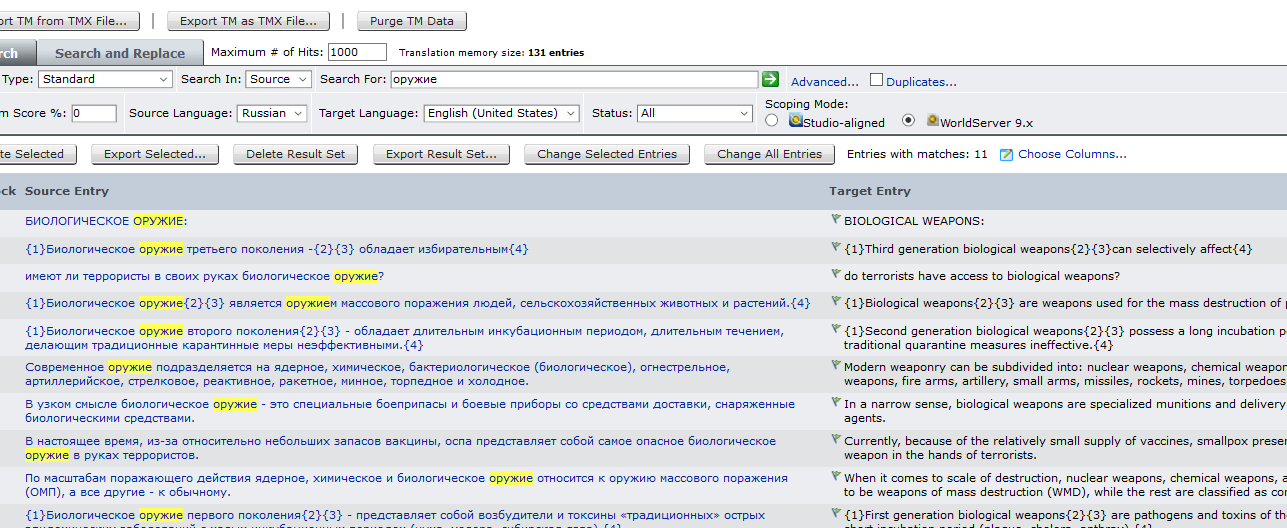TMS Tech and the Cloud
The following is a professional reflection that was written as a part of my Translation Management Systems class in Fall of 2017.
The Jan/Feb 2015 issue of MultiLingual Magazine includes a very interesting article by Allison Toon called “Going global via the cloud.” She discusses the issue of centralization as it applies to the LSP industry and how cloud computing has facilitated making a transition to centralization easier. She gives an example of how back before the 2000s, getting companies to switch over to using TMs was very difficult unless they were forward thinkers or were executives who trusted their language specialists.
Time has shown us that transferring a workflow over to a mandatory, centralized cloud platform has helped manage translations more efficiently, reach new markets, and enable revenue growth. Even elemental things that we take for granted today (e.g. translation memories) ended up making a difference: they helped create revenue, expand what could be translated and form a unified brand identity.
This situation underscores how much the work of a good localization professional lies in evangelism: in making these complex systems and processes easy to understand and garnering the trust of your clients in order to push these kinds of changes through. While we are taught to be at the vanguard of localization, that’s not something all markets are familiar or comfortable with, as Toon points out when she says that even today, too much translation is being done in desktop TEnTs with really manual processes.
Despite the charisma that is necessary to really get a good work process in order, the way that cloud computing helps out is by saving us on some of the costs of having to start from scratch. The foundation has already been laid for us, and in a way that would make a budget-minded executive very happy. Cloud computing is an environment where software and storage are treated as utilities, so there are no fears of investing in too much hardware that doesn’t pay out. These things can grow with the company. It doesn’t matter what size company is looking to expands its borders. Thanks to cloud computing, localization becomes more accessible — the infrastructure is already there.
Toon’s point that we still have issues with companies using extremely labor intensive desktop TMSs really resonated with me. I’ve had my fair share of PLR jobs where I’ve mentioned that massive errors in the TM were affecting the quality of sections that should have required no translator (let alone QA) intervention at all. Even more frustratingly, these changes were not implemented, so I had another huge batch of documents with the same issues. If there was a more systematized, cloud-based way of dealing with projects in that case (as a opposed to email), then a lot of money and energy would have been saved. I know that they had one because their project orders were fed through a system that could have handled that. I can’t even really fault the PM here. She was losing so much time on managing all these labor intensive projects that she couldn’t go in and change these things herself. It was a decision that had to be made from above, and something that is fixable. Luckily, these sorts of experiences will help me avoid similar issues if I ever have to design a workflow on my own.
